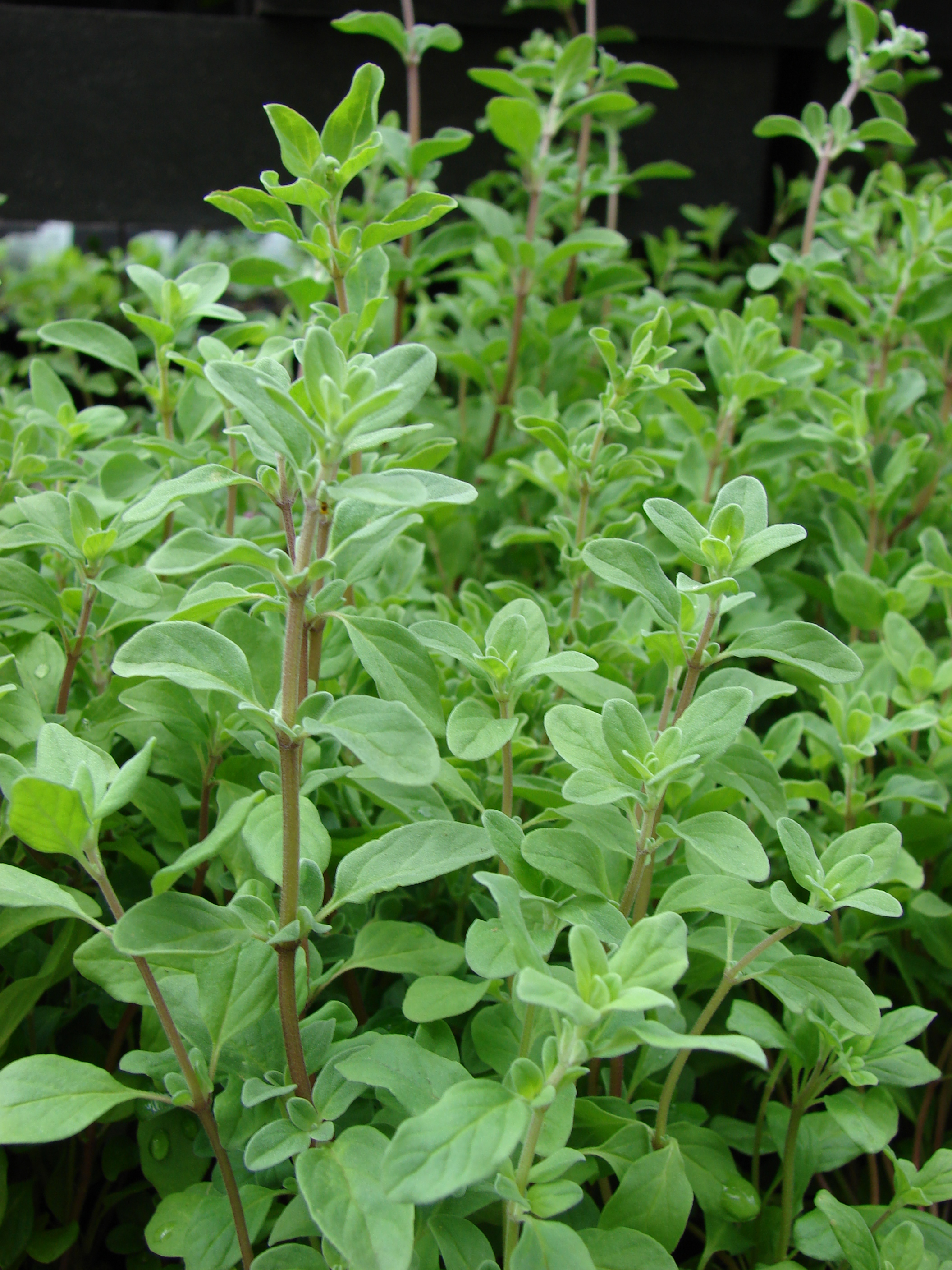A big factor in making a pizza great is the sauce! Sometimes the sauce doesn’t stand out at all, sometimes you notice it’s really great, and other times it’s quite bland or not quite to your liking. Is it thick or thin, sugary, sweet, tomato-y, spicy, bland, or just the right amount of spices? Many are concerned with counter-balancing the acidity of the tomatoes in the sauce. I sometimes have a hard time telling if a sauce is too acidic, but comparing it to a sauce I really like, I can tell a difference – it can be a little tart. Some people have acid reflux and acidic foods cause a lot of heartburn. So when making spaghetti or pizza sauce, how do you balance out the acidity and tomato taste?
Mask the Flavor
One method is to add sugar or carrots to counter-balance the acidic taste. You cook the carrots down and remove them at the end if you don’t want to keep the carrots in the sauce. But adding these things won’t change the actual pH of the sauce so won’t help with acid reflux or heartburn. The sugar will make the sauce taste sweet, which I don’t prefer. Adding water will dilute the sauce so the acid isn’t detected as much, but it will dilute all the other flavors as well.
Acid vs. Base
The first way to counter act the acid in the sauce is to add an alkaline (basic) ingredient, like baking soda. Just add a small amount at a time and stir it well, until you get the taste you want. You won’t be able to take any out once you put it in, since it will react! A little milk may also work. Cheese has also been suggested, since the calcium can react with the acid. Try a little grated Parmesan. This will add its own flavors though, so make sure you taste it to make sure it’s satisfactory. Reducing the acidity and not just masking the flavor with others is the best way to go for those that have heartburn. The pH of tomatoes is about 4.6, carrots about 6.0, and water 7.0.
What do you do to balance acidity in tomato sauce?













